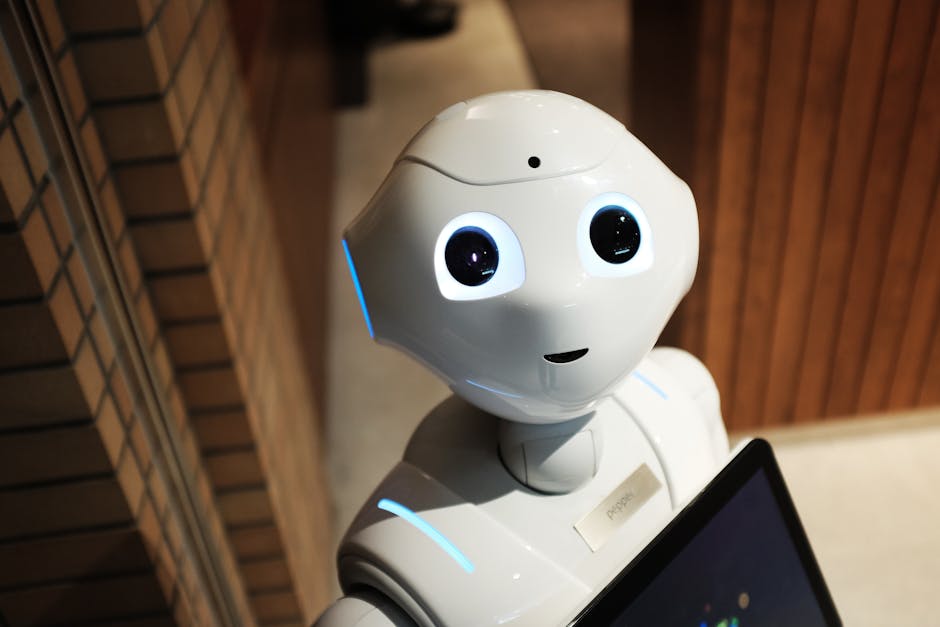Humanoid Robots: On the Verge of Becoming a Reality
Humanoid Robots: On the Verge of Becoming a Reality
Humanoid robots, long a fixture of science fiction, are poised to enter our homes and lives, albeit with a guiding human hand. While these machines won’t be fully autonomous at first, their introduction marks a significant milestone in robotics and artificial intelligence.
The First Wave of Humanoid Robots
At the Humanoids Summit at California’s Computer History Museum, experts shared the latest advancements in humanoid robotics. Companies like 1X Technologies, Fourier, Figure, and Boston Dynamics are leading the charge. Notably, 1X Technologies plans to debut its Neo humanoid robot in 2025, targeting early adopters in the San Francisco Bay Area.
A Hybrid Model: Teleoperation and AI
The Neo robot will initially rely on teleoperation, where human operators guide the machine remotely. Over time, AI capabilities such as navigation and object handling will allow for greater autonomy.
Key Features:
◦ Neo stands 5’4″, weighs 66 lbs, and has a four-hour battery life.
◦ It will assist with tasks like pick-and-place operations and navigation.
◦ Future updates aim to enhance autonomy, requiring only occasional human supervision.
Safety concerns are top of mind. For now, Neo’s rollout will avoid homes with children, and its teleoperated model ensures a human is always in the loop to manage risk.
Data is the Bottleneck
Developing truly autonomous humanoid robots depends on gathering diverse real-world data. Teleoperated robots like Neo serve as data collection tools, learning to navigate and function in human environments through supervised experiences.
Jorge Milburn, VP of sales for 1X Technologies, explained that robots will first gather this data in controlled settings.
“The path to widespread adoption in society for robotics is going to be through the home, because you need that data,” he said.
Humanoid Robots and AI Models
A major development driving this innovation is Physical Intelligence’s π0 (pi-zero) model, a general-purpose robot foundation model capable of vision, language, and action. Unlike earlier AI models, π0 enables robots to interact with their surroundings and perform tasks like folding laundry or assembling boxes.
Challenges and Criticisms
While humanoid robots hold immense promise, they face several challenges:
• Employment Concerns: As robots improve, they could displace workers in industries like manufacturing and logistics.
• Form Factor Limitations: Critics argue that humanoid robots may not always be the best solution. Specialized designs like robot arms or wheeled machines are often more practical for specific tasks.
• Diversity in Design: The lack of diversity in robotics teams has influenced humanoid designs, leading to robots that reflect traditional, male-centric ideas of utility and aesthetics.
The Road Ahead
The introduction of humanoid robots into homes, even under human supervision, is a transformative step for AI and robotics. From performing mundane tasks to serving as companions, these machines offer a glimpse of the future. However, with this progress comes responsibility.
Ensuring safety, addressing ethical concerns, and designing robots that meet diverse needs will be critical as we embrace this next technological frontier.
As humanoid robots begin their journey into our lives, the question remains: Will they fulfill their promise as helpful assistants, or will they become hammers searching for a nail? Only time, and data, will tell.

